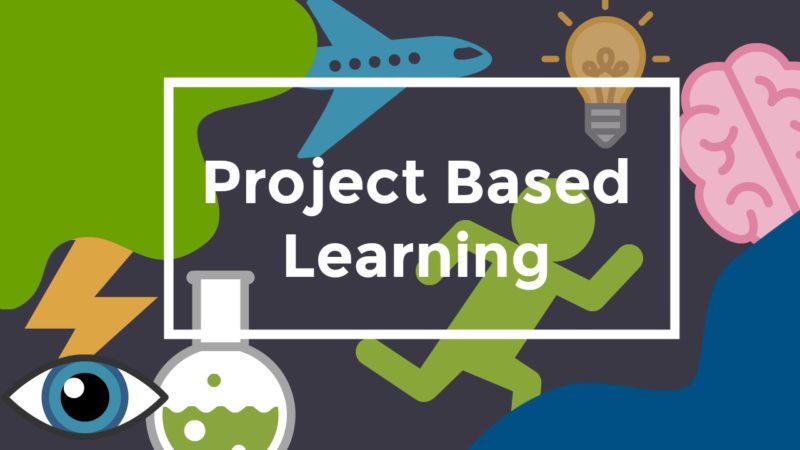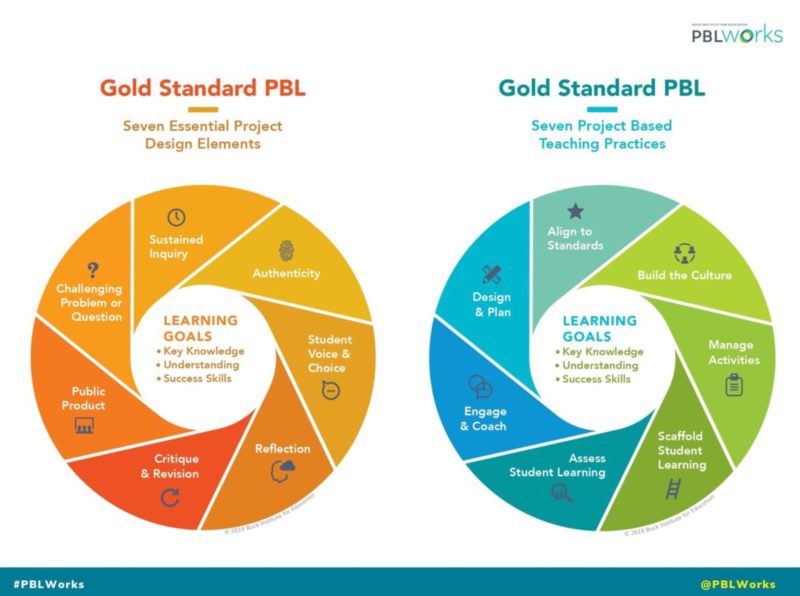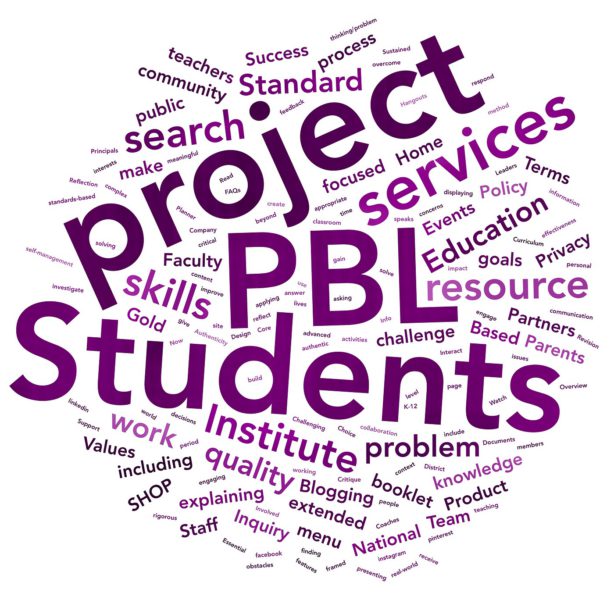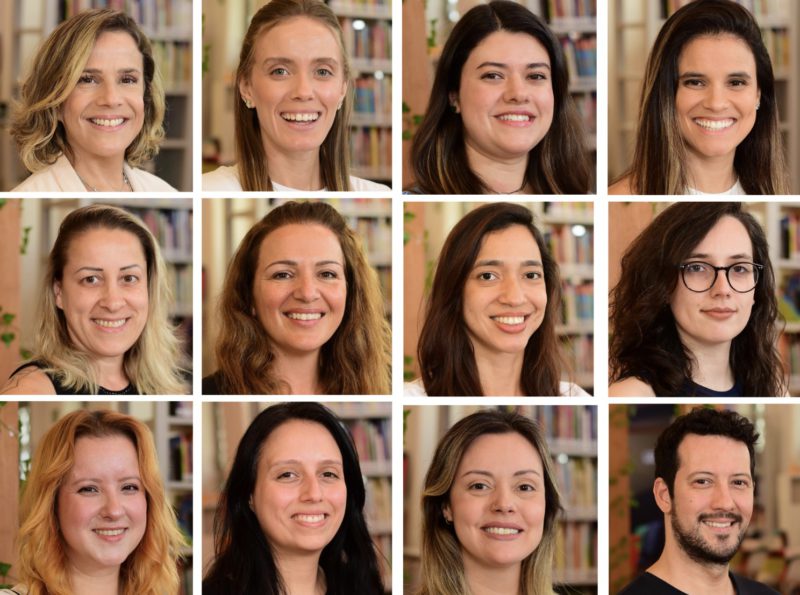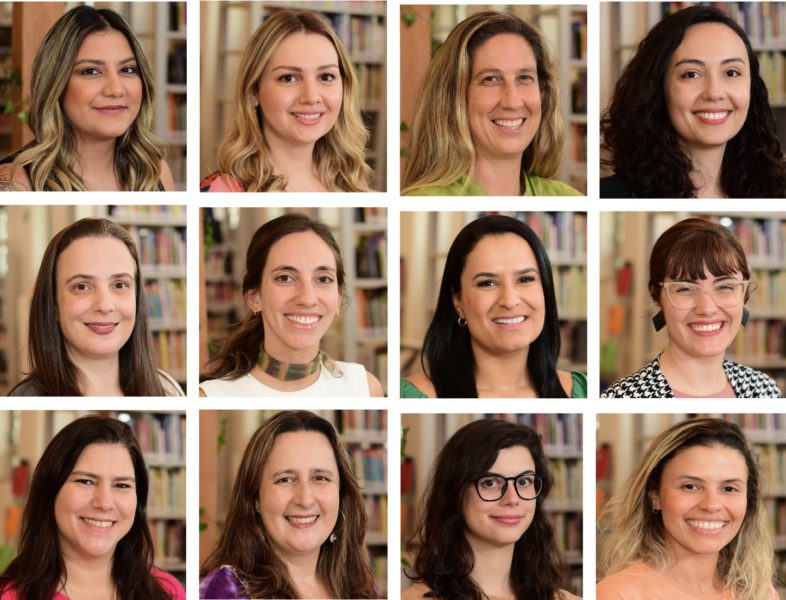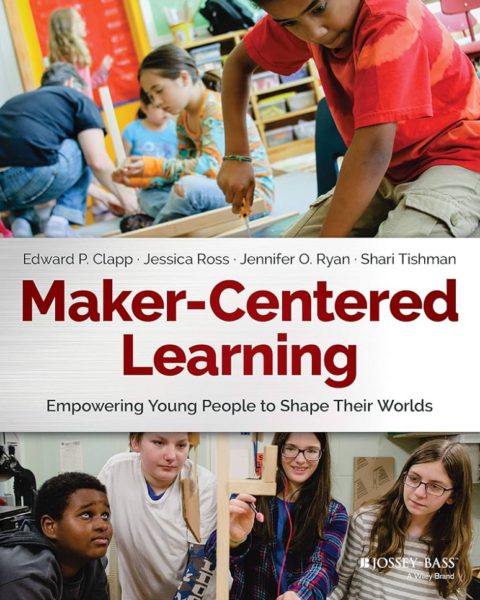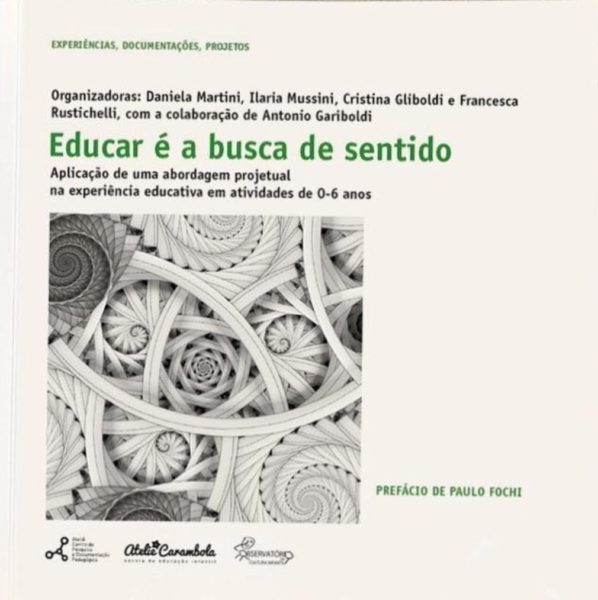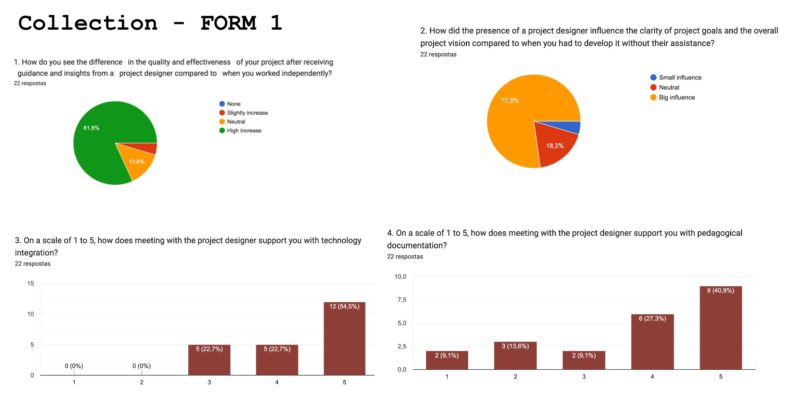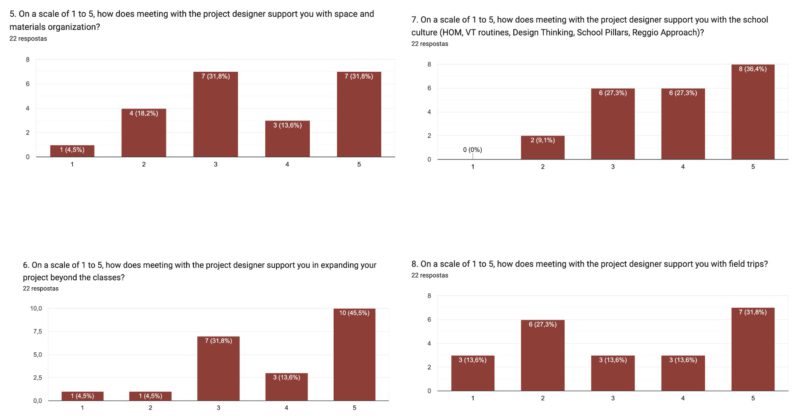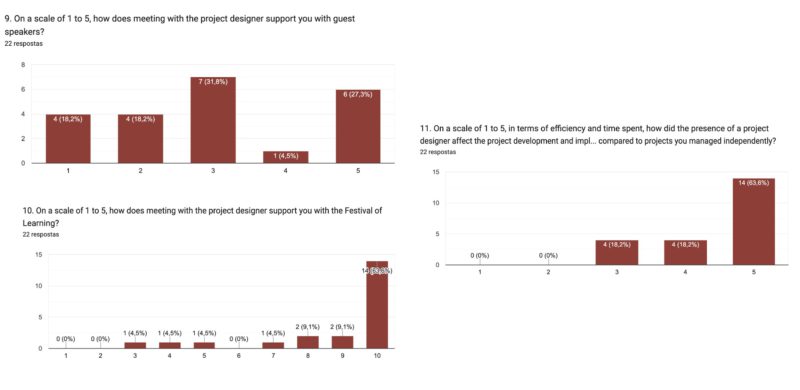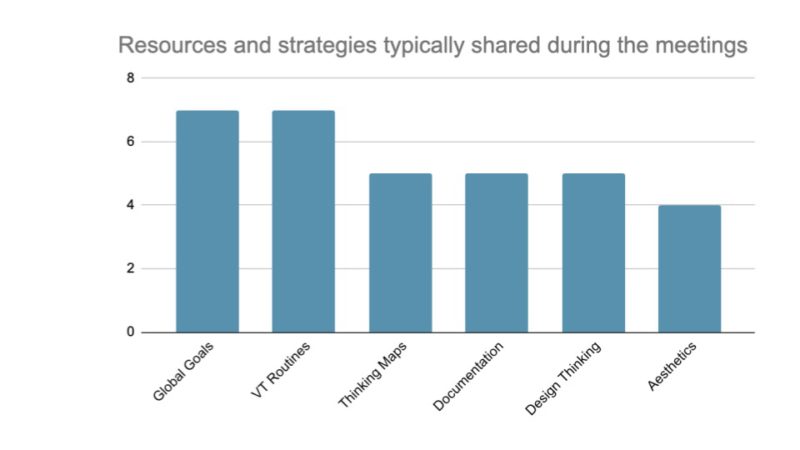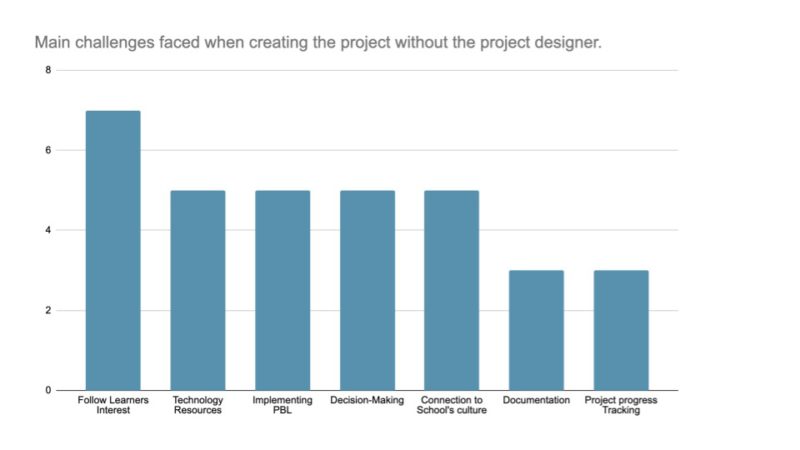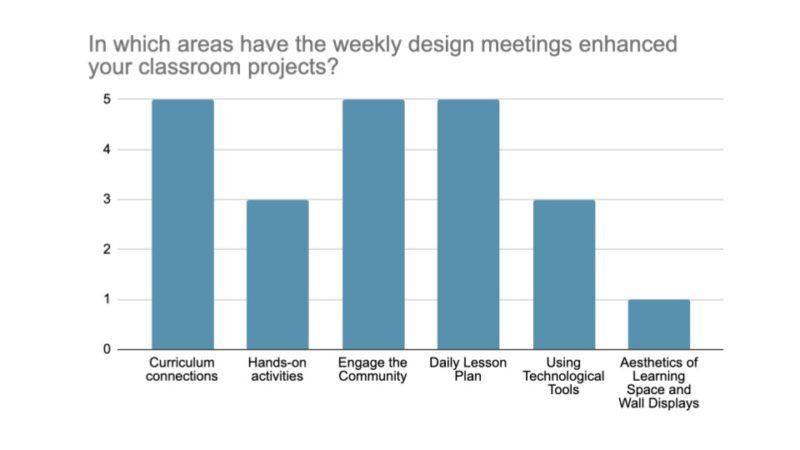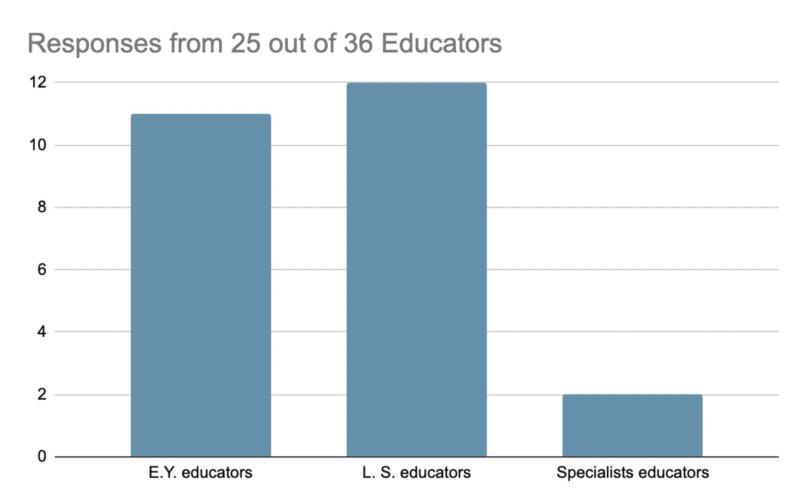Designing Collaboration: Unveiling the Impact of Weekly Design Meetings on Homeroom Educators’ Project Planning
In what ways do the weekly design meetings with the project designers support homeroom educators in planning their projects?
General topic of interest
As project designers dedicated to the principles of Project-Based Learning (PBL), our primary objective is to enhance the support provided to educators within this framework, ultimately striving to create the optimal experience for both educators and learners. While our personal connection lies in the professional commitment to improving the educational landscape, our passion is centered on fostering an environment where educators and students alike can have the best possible experience, particularly within the context of Project-Based Learning.
Participants
15 Early Years homeroom educators: Toddlers 1, Toddlers 2, Prek3, Prek4 and Kindergarten.
17 Lower School homeroom educators: Grades 1, 2, 3, 4 and 5.
4 Early Years and Lower School specialist educators
Literature Review
The book 'Maker-Centered Learning' by Edward P. Clapp, Jessica Ross, Jennifer O. Ryan, and Shari Tishman, along with 'Educar é a busca de sentido' by Daniela Martini and Francesca Rustichelli, can offer valuable insights and pedagogical frameworks to enhance the conceptual foundation and practical implementation of a research project focused on innovative and meaningful education practices based on a collaborative approach.
Data collecting approach
We employed a comprehensive research approach, incorporating quantitative, qualitative, and descriptive methods, to gather rich and nuanced data on educators' experiences and perspectives in their interactions with project designers.
Data collection tools/resources
Our research team employed Google Forms surveys to gather valuable insights from early and lower-school educators. The surveys aimed to collect data on educators' experiences and opinions regarding the impact of meetings with project designers on their projects.
Emerging results
In conclusion, the weekly design meetings with project designers have proven to be a resounding success in supporting homeroom educators in planning their projects. The collaborative dynamic established with project designers as co-thinkers has generated a positive and enriching experience for educators. The feedback indicates a high level of satisfaction, showcasing that this partnership not only streamlines project planning but also fosters a sense of shared creativity and innovation. The educators' contentment with having a project designer as a co-thinker underscores the effectiveness of this collaborative model in elevating the planning process and, ultimately, enhancing the overall quality of education delivery. Nonetheless, it is acknowledged that certain aspects, such as support with field trips and guest speakers, still have room for improvement, and these areas will be targeted for enhancement in future iterations of the collaborative process.
Reflections
From our study, we have learned that implementing weekly design meetings with project designers has notably positively impacted homeroom educators' project planning. The collaborative approach, with project designers serving as co-thinkers, not only streamlined the project planning process but also fostered a sense of shared creativity and innovation among educators.
The high level of satisfaction expressed in the feedback underscores the effectiveness of this collaborative model in enhancing the overall quality of education delivery. However, our findings also indicate areas that could be further improved. Based on these findings, we suggest continuing to refine and expand support to the areas reported.
To sum up, collaborative efforts among educators offer fertile soil for ongoing creation and improvement. Through collaboration, educators are well-equipped to adjust to evolving teaching trends, customize their teaching approaches to meet the diverse requirements of their learners, and cultivate more captivating and efficient learning settings. In this period of educational evolution, collaboration emerges as a fundamental element for instigating favorable changes and nurturing the future generation of lifelong learners.





